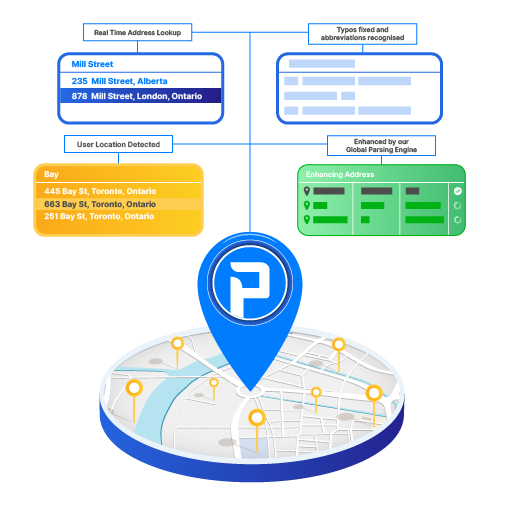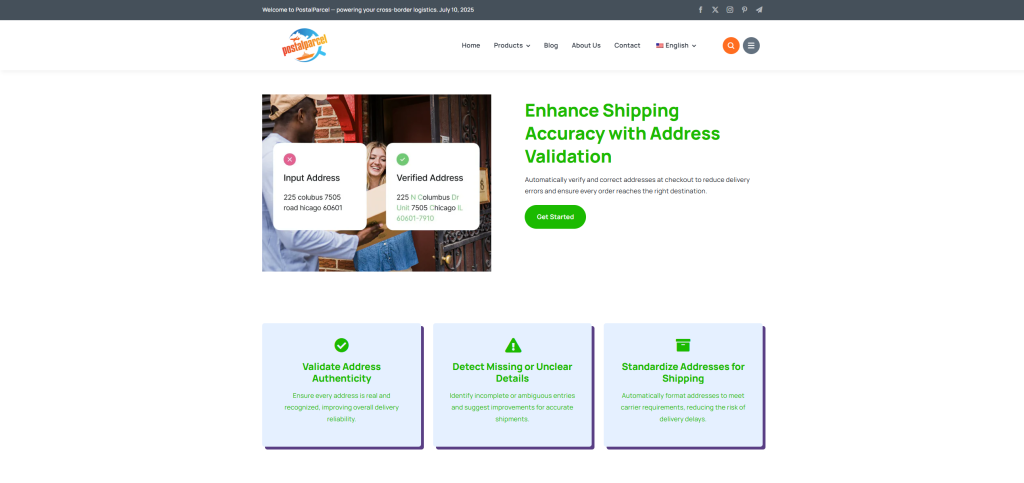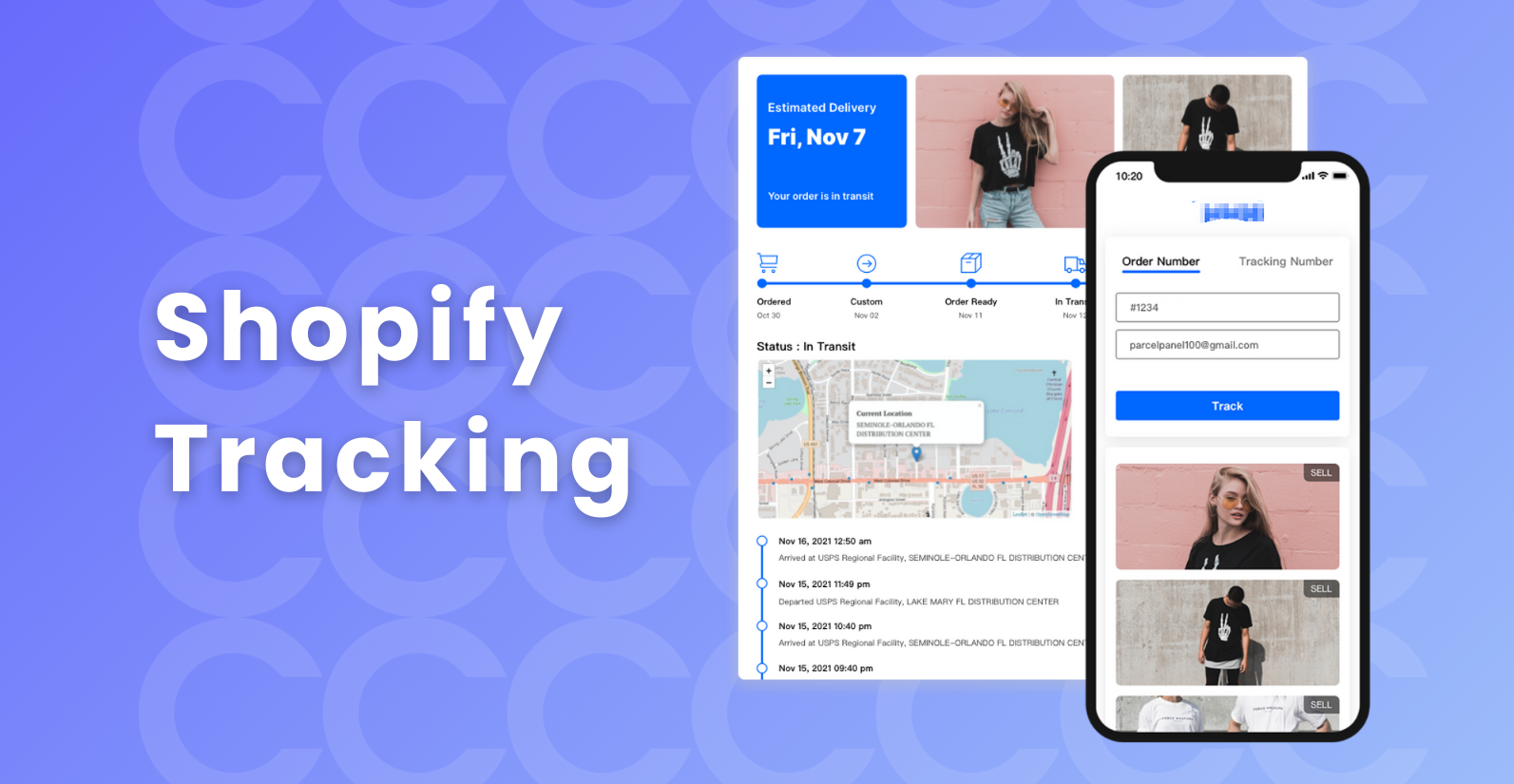Understanding Real-Time vs. Batch Address Validation Service (AVS)
In an increasingly digital and logistics-driven world, accurate address data is vital for smooth delivery, customer satisfaction, and cost efficiency. Two primary methods are used to verify address accuracy: real-time and batch Address Validation Service (AVS). Though both serve the same core purpose—ensuring accurate, deliverable addresses—they differ significantly in how and when they are used.
This article will explore the differences between real-time and batch address validation, their benefits, limitations, and ideal use cases for each.

What Is Address Validation?
Address validation confirms that a mailing or shipping address exists and is formatted correctly according to postal standards. This process typically involves checking addresses against official postal databases (such as USPS, Royal Mail, or Canada Post).
What Is Real-Time Address Validation Service?
Real-time address validation occurs immediately as a customer or user enters their address, typically during online checkout, form submissions, or account creation.

✅ Key Features:
- Instant feedback on errors or missing fields
- Autocomplete and predictive suggestions
- Automatic standardization (ZIP code corrections, abbreviation updates)
✅ Benefits:
- Reduces cart abandonment
- Prevents invalid submissions at the source
- Enhances user trust and form accuracy
- Minimizes failed deliveries
✅ Ideal For:
- E-commerce websites
- Online booking or shipping platforms
- Subscription or DTC businesses
What Is Batch Address Validation?
Batch address validation, on the other hand, is used to verify large volumes of addresses at once. This is typically done by uploading a CSV file or integrating with backend systems that process stored address databases.

✅ Key Features:
- Validates thousands or millions of records at once
- Often used as part of data hygiene or migration processes.
- Offers error summaries and correction suggestions
✅ Benefits:
- Saves time when cleaning legacy or bulk data
- Detects outdated, duplicate, or invalid entries
- Supports database consistency and analytics accuracy
✅ Ideal For:
- ERP, CRM, or marketing database management
- Logistics platforms handling B2B shipments
- Companies are merging customer lists or moving systems.

Real-Time vs. Batch: Key Differences
| Feature | Real-Time Validation | Batch Validation |
|---|---|---|
| Timing | As the address is entered | After data is collected |
| User Interaction | Yes (interactive UI) | No (backend or admin process) |
| Best for | Online checkouts and forms | Large datasets and imports |
| Speed | Milliseconds | Minutes to hours (depends on size) |
| Integration | Frontend (APIs, plugins) | Backend or CSV-based |
Which One Do You Need?
Choosing between real-time and batch validation depends on your workflow:
- Choose real-time validation if your goal is to prevent errors before they happen and improve customer interaction.
- Choose batch validation if you are cleaning or auditing existing data, onboarding legacy records, or processing bulk lists.
Many businesses benefit from using both. For instance, e-commerce sites might use real-time validation for customer checkouts and batch validation monthly to clean marketing databases.
How PostalParcel Can Help
PostalParcel offers real-time and batch address validation solutions through our logistics platform and API. Whether you’re verifying one address or a million, our tools are:
- Easy to integrate
- Powered by global postal databases
- Built to support international formats and rules
We help you reduce returns, lower shipping costs, and ensure clean, reliable address data—no matter your use case.

Final Thoughts
Real-time and batch address validation serve different purposes but share the same mission: better data, fewer problems. Understanding when and how to use each method is essential for businesses that rely on accurate shipping and communication.
If you’re ready to improve your address quality, explore PostalParcel’s validation solutions and streamline your operations today.
Industry Insights
news via inbox
Nulla turp dis cursus. Integer liberos euismod pretium faucibua







